Today was our second day in Hanoi. We started off with
breakfast at the hotel, and then took the bus out of the city. Before we left
the hotel, our class brought over 75 books from home and donated them to
children in grades K-5 in the rural areas.
It is through the “Bookworm” project started by a former Fulbright
employee in Hanoi, who them takes them to the rural schools, which have very
few resources.
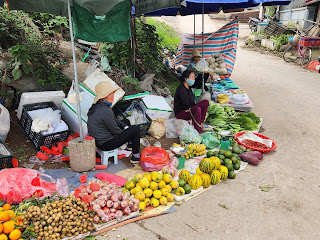 |
Street fruit
|
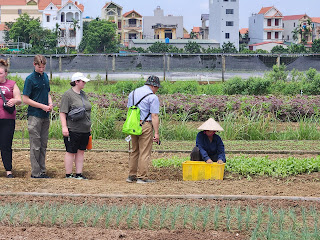 |
Vegetable planting
|
We took a walking tour
through a small village where the locals had small shops posted outside on the
street. There were a variety of things on display like fruits, vegetables, meats,
and handmade crafts. We made our way to the first farm of the day, a weasel
farm. This family had been raising a flock of animals for over 14 years. They
had a male weasel that was over 10 years old. The weasel sells for roughly $80
per kilogram. Each animal would be sold live to the 5-star restaurants and
harvested there. The weasels have a 60-day gestation period.
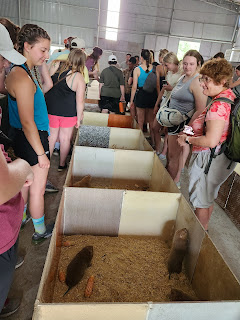 |
| Weasels |
This farm also had
(porcupine) “zon” and “dui” (woodchuck things). Pig and poultry farmers are
losing a lot of money so some farmers are trying things like this to stay in
business. After, we tried lychee berries that we bought at the street markets.
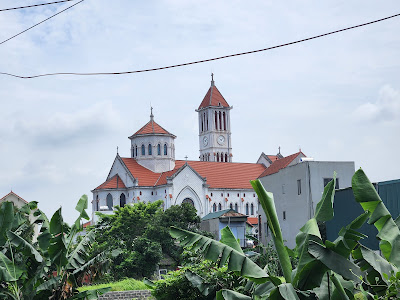 |
| Cathedral |
 |
Stained glass
|
Then we walked to a huge catholic cathedral and got to see the stained glass
and gorgeous woodwork. The next farm we toured was a vegetable farm. We got to
see the local produce that was being planted and where each of the items in the
street markets came from. We walked to a duck farm where our tour guide, Tony,
explained the processes of raising the ducks. The ducks only stay at the farm
for a max of 40 days. After the 40 days the ducks stop gaining weight and
consume more food, this makes them unprofitable to keep.
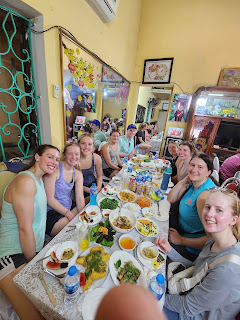 |
| Lunch at the tour guide's home |
We then walked to our
tour guide’s home where his family made us all lunch. There, we got to meet a
radiologist (Tony’s neighbor) where she explained some of the Vietnamese
healthcare system. We compared the prices of things like child birth, x-rays,
and broken bones. In Vietnam, it costs $450 to have a child, as compared to a
much higher rate in the US.
 |
Discussing health with a female doctor
|
Then we went and helped make traditional paper
horses. We learned that the horses are used as a burnt offering to the
ancestors once a year. The glue we used was rice starch and the finished horses
resembled a piñata.
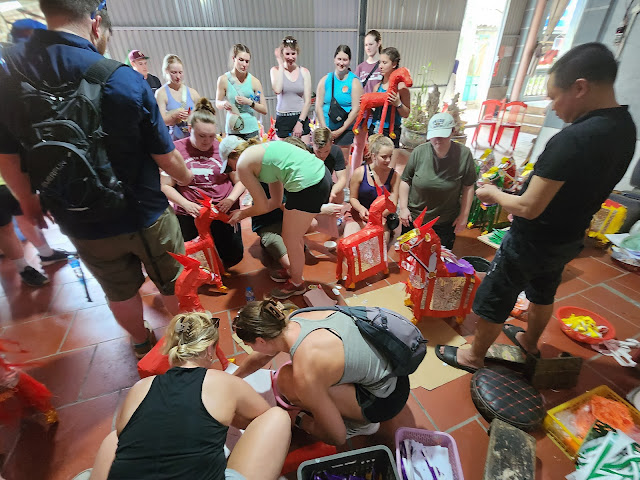 |
Making horses
|
We then tried fresh jack fruit while waiting for the bus.
We then learned how lacquer paintings were traditionally made including
materials like seashells, rocks, egg shells, and many layers of lacquer. We
went and ate at a restaurant with many different floors and enjoyed the rest of
the night driving to Sapa to shower and get some much needed sleep.










Comments
Post a Comment